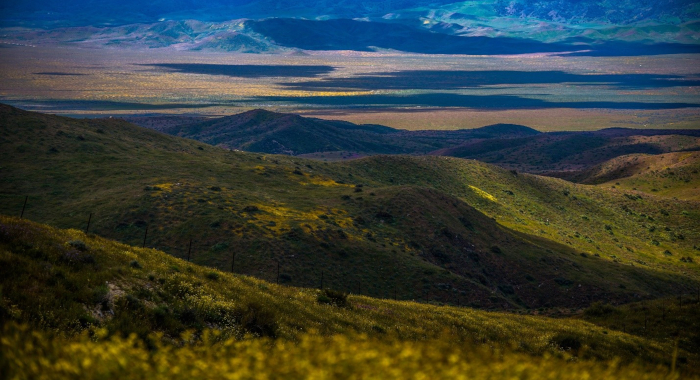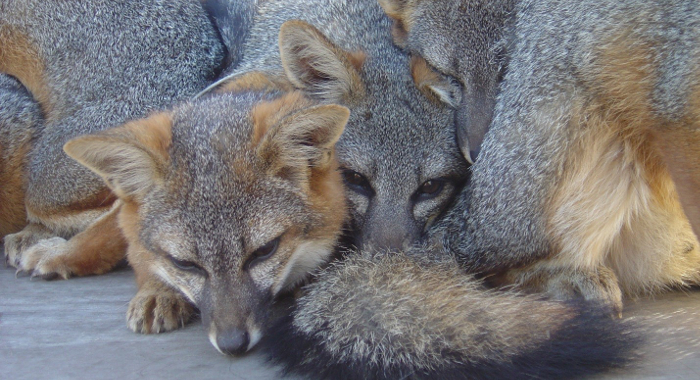Nearly half of California is protected in some land status that prevents most kinds of intensive human land uses. These lands support extensive natural habitats, and for many species, are a critical stronghold in an increasingly human-dominated world.
Yet, changes in the landscape in and near these places have left many in a degraded and precarious condition. Catastrophic wildfire, invasive species, and climate change threaten vast swathes of the state. Protected lands are becoming increasingly isolated by urban and agricultural development, roads, and other infrastructure. Such obstacles can limit a species’ ability to move to across the landscape and adapt to climate change.
Conservancy scientists are working to enhance the resiliency of protected lands in the face of rapid change, and to maintain the landscape connections necessary for plants and animals to adapt over time.


Kathryn M. Langin, T. Scott Sillett, Jongmin Yoon, Helen R. Sofaer, Scott A. Morrison, Cameron K. Ghalambor
Island archipelagos can provide useful opportunities for comparative studies in ecology. For example, breeding ecology of a songbird was studied on two of the California Channel Islands, which share…Victoria J. Bakker, Daniel F. Doak, Gary W. Roemer, David K. Garcelon, Timothy J. Coonan, Scott A. Morrison, Colleen Lynch, Katherine Ralls, Rebecca Shaw
Population models can be a critical tool in managing recovery of endangered species. This paper presents an analysis that became the foundation of recovery planning and tracking for the endangered…DSL Ramsey, J Parkes, SA Morrison
Populations at very low abundance can be very difficult to detect. Consequently, one of the biggest challenges of eradication projects is determining whether an inability to detect the species at the…Scott Morrison, Walter Boyce
Critical for biodiversity conservation is the retention of ecological connectivity in the landscape, so that wildlife—and the natural processes that sustain wildlife—can move around.…Caroline Christian , Lawrence Saslaw, H. Scott Butterfield
To better understand the ecological role of cattle grazing in managing Carrizo Plain National Monument, we initiated a long-term study in 1997 designed to evaluate the effects of cattle grazing on…Scott A. Morrison, Norman Macdonald, Kelvin Walker, Lynn Lozier, M Rebecca Shaw
One of the greatest challenges in pest eradication is knowing when it has been achieved. This paper discusses why that is challenging, and why it is so important to consider how that challenge will be…Scott A. Morrison, Douglas T. Bolger, T. Scott Sillett
Fragmentation-sensitive species – those that tend to disappear when their habitat is fragmented – pose particular challenges for conservation, in part because fragmentation ushers in such…